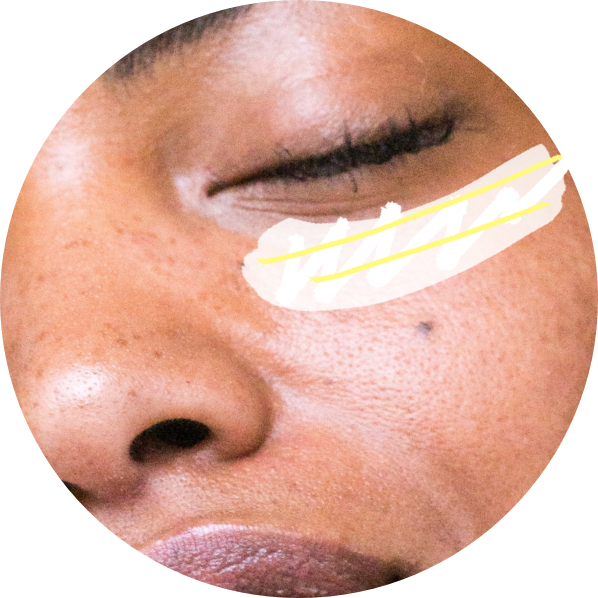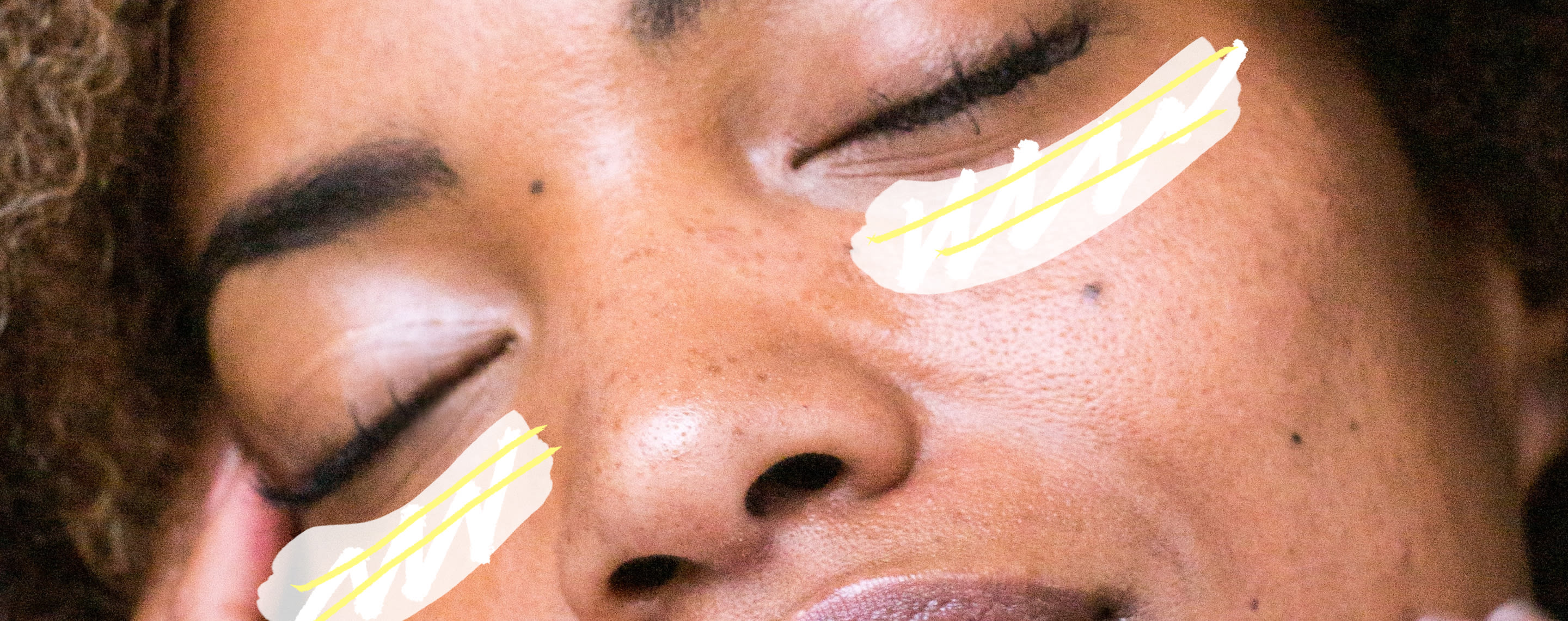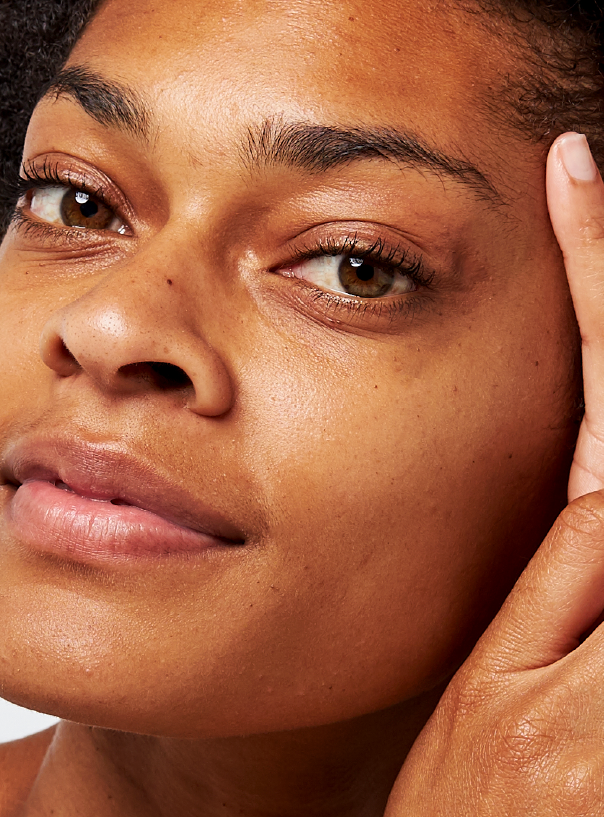Deep Dives
Do You Really Need an Eye Cream?


SHARE
Deep Dives
Do You Really Need an Eye Cream?
Medically reviewed by Aimee Paik, MD
Written by Lisa Guerrera
Last updated 4/5/2022
Eye cream is one of those infamous products that’s been sold as a necessity for every woman’s anti-aging skincare routine. But it’s now being called into question as an unnecessary (and pricey) addition to skincare routines. With some eye creams costing almost $100 for less than half an ounce of product, it’s easy to see why folks may be skeptical of its actual use case. So, are eye creams really necessary? Or is it just a fancy marketing trick and moisturizer would do just fine? Let’s chat about the skin around your eye first–
Is the eye area different from the rest of the face?
It’s true, the skin around your eyes is one of the most sensitive and delicate areas of the face. Eyelid skin is very thin and has a different skin structure than the rest of your skin on your face. Coupling that with lots of movement from various facial expressions makes this area extra prone to wrinkles. In some cases, the eyes can be the first place on the face to start developing wrinkles. The eye area is also very sensitive, so some actives in skincare may irritate that area. Many people also deal with dark circles that bother them. So, the eye area is different from the rest of your facial skin, but does that mean it requires a whole separate product?
What is ‘eye cream’ anyways?
From a formulation perspective, eye creams are essentially moisturizers created with the eye area in mind. Today, there are many different types of eye cream formulations from serums, to balms, to creams, to gels– you name it! But this calls into question the purpose. Traditional eye creams tend to be heavier and more moisturizing to combat wrinkle appearance and dryness as we age. But new eye cream formats boast anything from lightly hydrating the area to heavier formulas. So, unless the eye product contains actives like retinol, vitamin c, or other useful ingredients that can target specific eye area issues, then it’s a glorified moisturizer. 🤷♀️
So… do you need it?
The short answer is no– you don’t need an eye cream just because people on the internet post memes saying “it’s time you got an eye cream.” Most eye creams can be reduced down to a “fancy moisturizer” so why not just use… your moisturizer! However, there may be a few situations where you might want an eye cream. Some darkness around the eyes can be due to increased pigmentation in the area. You may opt for an eye cream with actives like vitamin c or kojic acid to target just the eye area for hyperpigmentation. Be warned– under eye darkness can be caused by many different things so no eye cream will be your magic bullet.
You may want to target wrinkles just around the eye area, so you can opt for an eye cream with retinol or a retinoid. A quick hack Dr. Aimee Paik, Apostrophe’s Medical Director, approves of is mixing a small dab of your Apostrophe Tretinoin Formula into your moisturizer and dabbing that around the orbital bone for a DIY retinoid eye cream! Just make sure to watch out for any irritation since that area is sensitive.
Apostrophe’s take on eye creams?
Dr. Paik has “always been taught that eye creams are nothing more than a fancy moisturizer.” However, she notes; “Hydration can have a big impact on the appearance of eyelid skin but doesn’t really change the skin. There may be new cosmeceutical ingredients that are actually effective. Tretinoin can be effective for eyelid skin. Presumably retinol too!” An important note is that some dermatologists do recommend eye creams, others don’t. It’s really about personal preferences and opinions.
As for myself? My background is in chemistry, so from that perspective I don’t see the need for an eye cream. My moisturizer tends to take care of my basic hydration needs around the eye and I can always add my tretinoin in for an anti-aging boost. The key for me is prevention– I use a physical (or ‘mineral’) sunscreen around my eyes to ensure they’re protected from the sun and prevent wrinkles from forming. However, I love to add in eye masks from the fridge in the morning just cause it feels nice. :)
Overall, eye cream usage isn’t necessary, but it may be nice if you’re looking for a very targeted treatment around the eyes. At the end of the day it’s not a need, it’s more of a want– so please don’t feel the need to spend a lot of money on one!
Shop this post

Tretinoin
Like what you just read? Sign up for our email list to get the scoop on skincare science delivered straight to your inbox.

Deep Dives
A dermatologist shares his thoughts on the recent studies about benzoyl peroxide and benzene.
Read More
Education
What is milia?
What is milia? Today, we’re jumping into one type of bump that you may have heard about most commonly in infants — milia.
Read More
Education
Best moisturizer for acne-prone skin
If you have combination acne-prone skin, figuring out which moisturizer is best for your skin might be tough. In this guide, we break down the best moisturizer for combination, acne-prone skin.
Read More